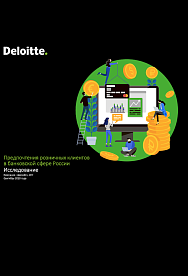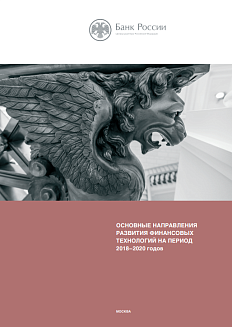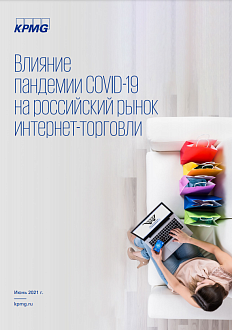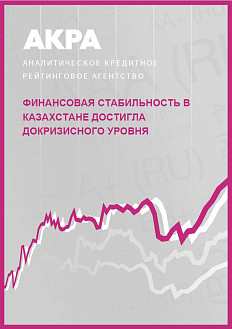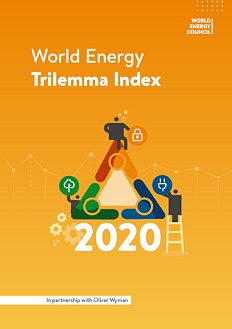Deloitte specialists conducted a study aimed at studying which retail banks in Russia are most frequently used by clients and what their consumer preferences are. When preparing the research, an online survey on a quota sample corresponding to the socio-demographic model of the Russian Federation population was conducted from August 10 to August 20, 2020.
Sberbank of Russia takes the leading position in the Russian banking sector. Tinkoff Bank is the leader among private banks. Among the main factors that influence the number of appeals to the bank, the authors of the study highlight the size of the potential customer base of the bank, which depends on the scale of business and geographical coverage of the bank, its strategy and the degree of specialization in certain customer segments, as well as the product line of the bank.
The Roscongress Foundation presents the salient points of the publication accompanied by fragments of broadcasts of relevant panel discussions from the business programme of international events held by the Roscongress Foundation.
The undoubted leader in the Russian banking sector is Sberbank, but other banks are actively strengthening their positions. Tinkoff Bank is the leader among private banks in terms of frequency of use of services by retail customers.
The leader of the ranking is Sberbank of Russia, which serves the majority of the population of Russia. This is also confirmed by the retail business volumes, which are several times higher than those of its closest competitor VTB Bank.
VTB also adheres to a universal model of business development, but is significantly inferior to the market leader in terms of retail network size. In line with its current strategy, the Bank is actively developing all segments and is working to improve its customers experience, including due to accelerating digitalisation.
The retail portfolio of Pochta Bank is significantly smaller than that of the abovementioned competitors, while the main emphasis of its business model is on building a broad regional network. The Bank has the largest number of points of presence throughout Russia (over 19,000), opened on the basis of branches of Russian Post and Multifunctional Public Services Center (MPSC), which helps it to attract customers in mass segments even in the most remote regions.
In todays world, consumer literacy of banking services users is growing due to the increased awareness of clients about banks, their services and terms of service, as well as due to the development of personal experience of citizens in servicing certain players of the financial market.
61% of the survey participants choose the bank by the attractiveness of the conditions it offers, taking into account not only economic benefits, but also compliance of these conditions with their current needs (including availability of the whole range of necessary products and services, availability of built-in services, such as cash-back, partner programs, etc.).
Factors such as serviceability and quality of service (49% and 45%, respectively) are of great importance. Young respondents in general evaluated them higher than older generation. It is noteworthy that for Tinkoff Banks clients these factors were more important than the banks reliability (57% and 55% respectively against 52%).
With the development of remote banking, the factor of branches` existence of the bank has less and less influence on the choice of citizens (41%) this parameter is most often chosen by respondents over 45 years old.
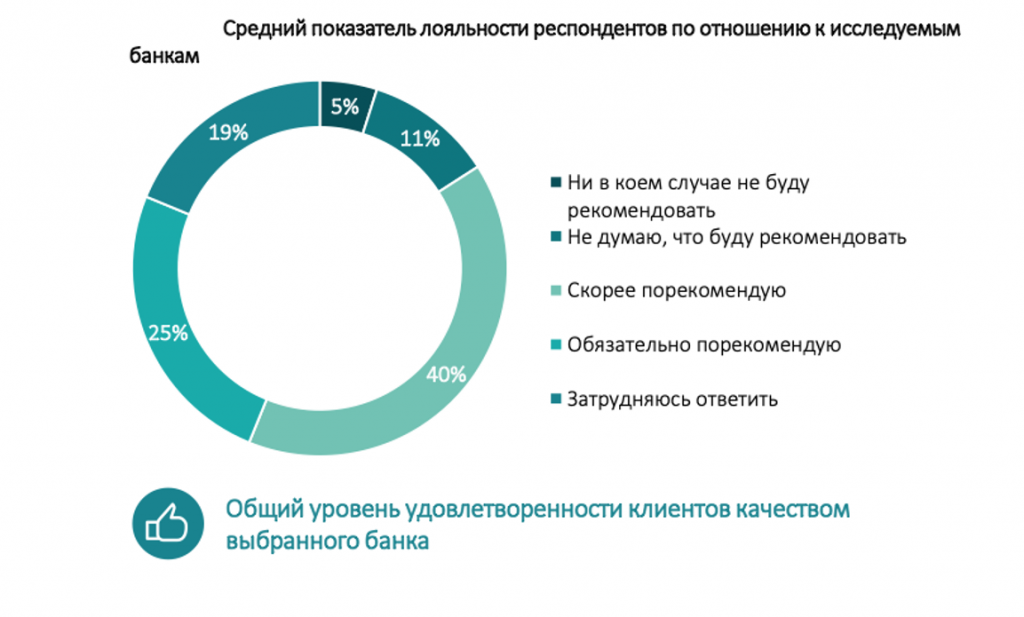
The product line of the bank is of great importance. Those banks, which have a more developed line of card and other products, were approached by more respondents.
The next element in the strategy of forming relations with the client and, as a consequence, in the structure of the business model is the product supply. The analysis of key products both in the industry as a whole and in individual banks gives a general idea of the financial needs of the population, as well as allows a clearer understanding of what makes citizens choice in favor of a certain player in the banking sector.
The survey results showed that most frequently customers turn to the bank for traditional products debit cards and savings accounts/deposits (49% and 30% respectively), as well as for credit cards (26%). The high popularity of the former is also confirmed by the general structure of the retail banking portfolio: as of August 1, 2020, the volume of funds of population in banks exceeds the retail loan portfolio by more than 70%. However, the approaches to forming a product line, which banks choose to ensure their competitiveness, differ.
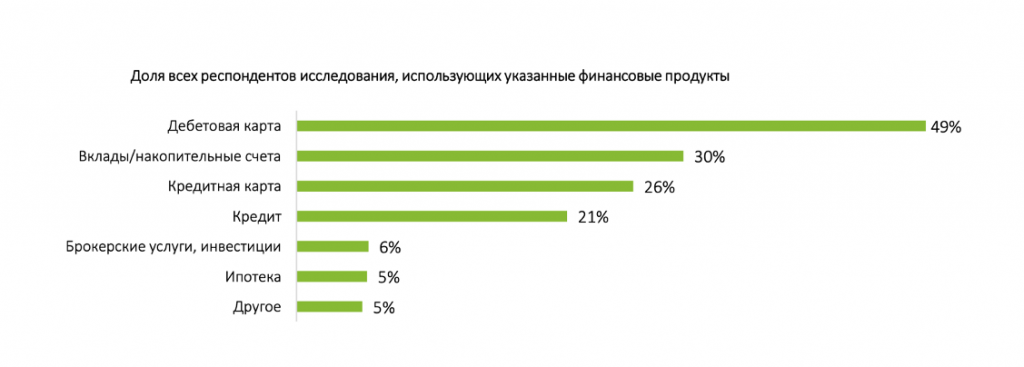
For more information, please see the Monetary policy special section of the Roscongress information and analytical system, Banking, Financial market, Digitalization and Consumer Sentiment.


